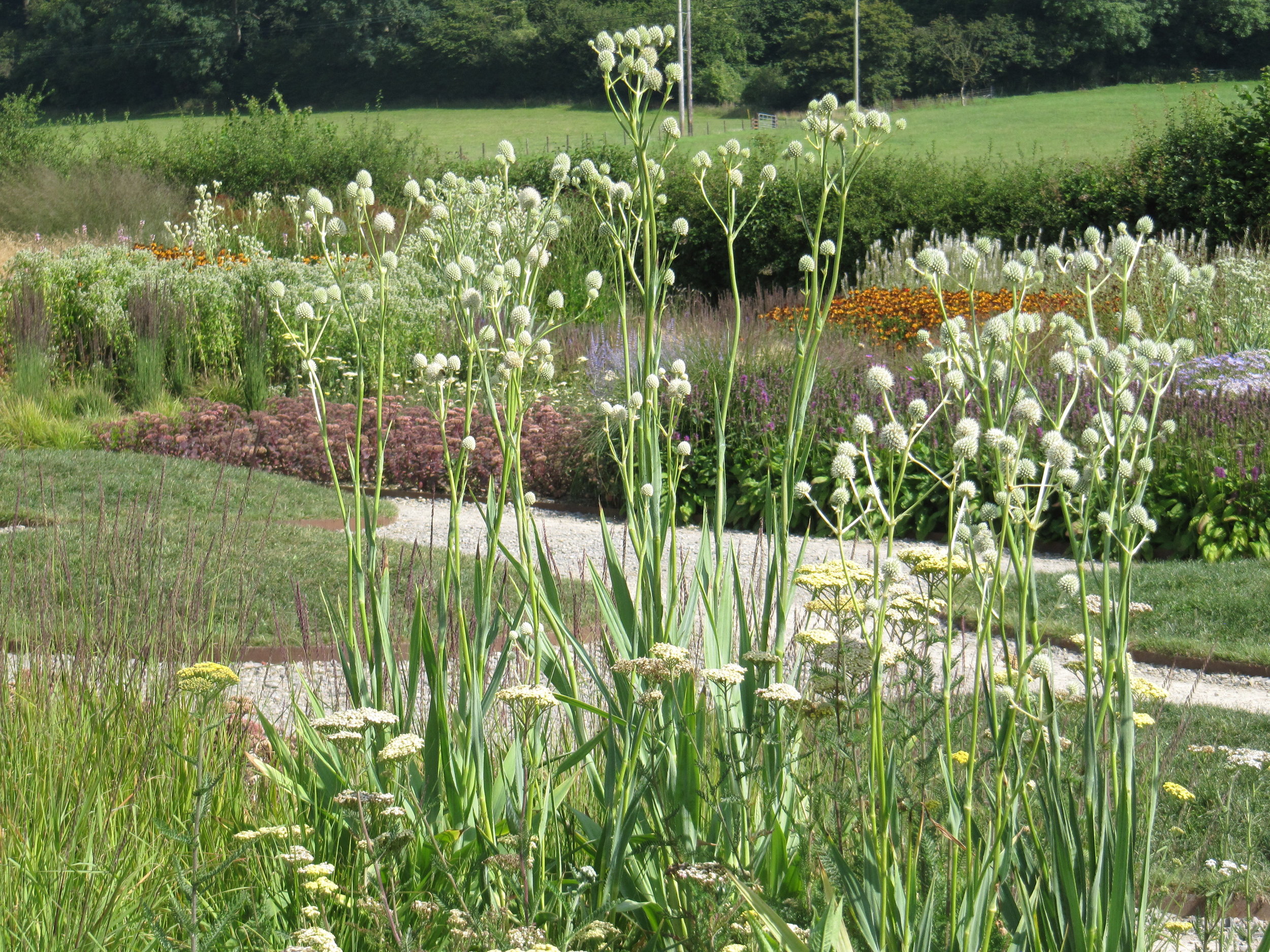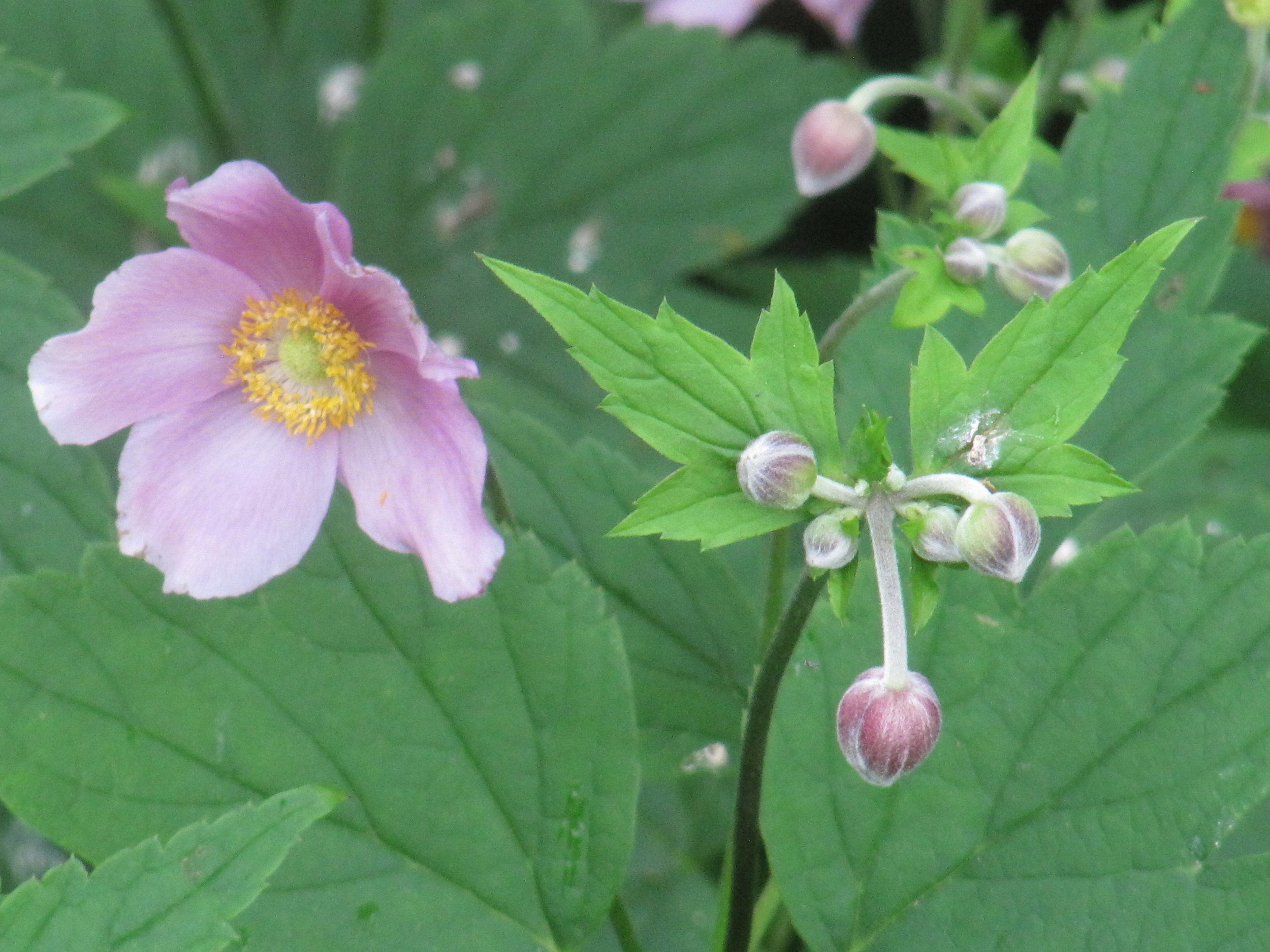As the year rolls on towards autumn, colour from the flowers in the garden begins to fade away. Our insatiable appetite for it draws attention to the turning leaves, but it's not yet time to turn away from the beauty of flowers, there's a lot more pleasure to be had from them than from their colour alone. Shape and texture are just as worthy of our appreciation and can extend the season of interest, especially from late summer blooms.
The way in which individual plants are put together to create rhythm and drama, like the composition of a piece of music from single notes, can make the garden sing and there is a garden I recently visited which gives a master class in combining plants.
Hauser and Wirth near Bruton in Somerset is a contemporary art gallery where the plantsman and designer Piet Oudolf has created a stunning herbaceous perennial and grass garden from a field.
Many of the plants are North American prairie species so are perfectly suited to the open sunny site and are at their best from mid summer onwards. Space is not an issue here so the drifts of individual species are generous and perfectly in proportion with the surrounding landscape. Colour plays its part but it's the form of the plants themselves and the shapes of their flowers heads which are used so brilliantly. There's an overall feeling of movement which draws visitors through the garden, mounds of planting undulate and weave together to create wave upon wave of plants where flowers blend or contrast in style.
Flat headed umbels of Sedum and Achillea sit in front of the spires and spikes of Agastache and Veronicastrum swathed in the frothy dew drops of the grass Sporobolus. Rounded bobbing heads of Echinops and Sanguisorba sway in the breeze and the dark daisy like central disks of Helianthemum contrast their weight against the airy lightness of Echinacea pallida as it dances through Stipa tenuissima.
Japanese Anemone and sky blue Aster remind every visitor that they do know the names of some of the plants, but knowing what the plants are called isn't what matters. It's seeing past the initial impact of fleeting colour to the shape, form and texture of them which will linger as autumn draws on. We can't hold back the season but we can hold on to the beauty and power of flowers.





































































